Please view our updated COVID-19 guidelines and visiting procedures →.

Dementia, a syndrome of progressive cognitive deficits that interfere with social and occupational functioning, results from degeneration of the brain of varying causes. The most common types include Alzheimer’s Disease (AD), vascular dementia, and Lewy Body dementia. These debilitating syndromes are becoming more common as America ages, increasingly result in hospice enrollment, and have been the subject of several past Connecticut Hospice blogs.
The drugs used to treat dementia fall into three categories: acetylcholinesterase inhibitors (donepezil, rivastigmine, galantamine), the NMDA receptor antagonist memantine, all given by mouth, and the anti-amyloid monoclonal antibodies lecanemab and donanemab, given by infusion. The effectiveness of these drugs and their possible harms are the subject of this blog.
It is important to recognize that dementia is not one illness, and that different drugs have different outcomes depending on dementia type and may even vary between individuals with the same type of dementia. Donepezil and galantamine are only FDA-approved for mild to severe AD, and memantine is approved for moderate to severe AD. Cholinesterase inhibitors may show benefit in dementia with Lewy bodies and mild to moderate Parkinson’s related dementia, but only rivastigmine is FDA-approved for Parkinson’s dementia (rivastigmine is also approved for AD). Memantine may show a small benefit in moderate-to-severe vascular dementia, but, again, it is not FDA-approved for this use. There is no evidence of benefit for any of these agents in frontotemporal dementia. The anti-amyloid monoclonal antibodies are only indicated and FDA-approved for patients with mild dementia due to Alzheimer’s disease with confirmed amyloid pathology (by PET scanning or cerebrospinal fluid testing). There is no evidence supporting their use, nor are they approved or recommended for other types of dementia. Notably, the anti-amyloid antibody lecanemab costs approximately $26,500 per year, not including the substantial additional costs of required infusions, imaging, and monitoring for adverse effects.
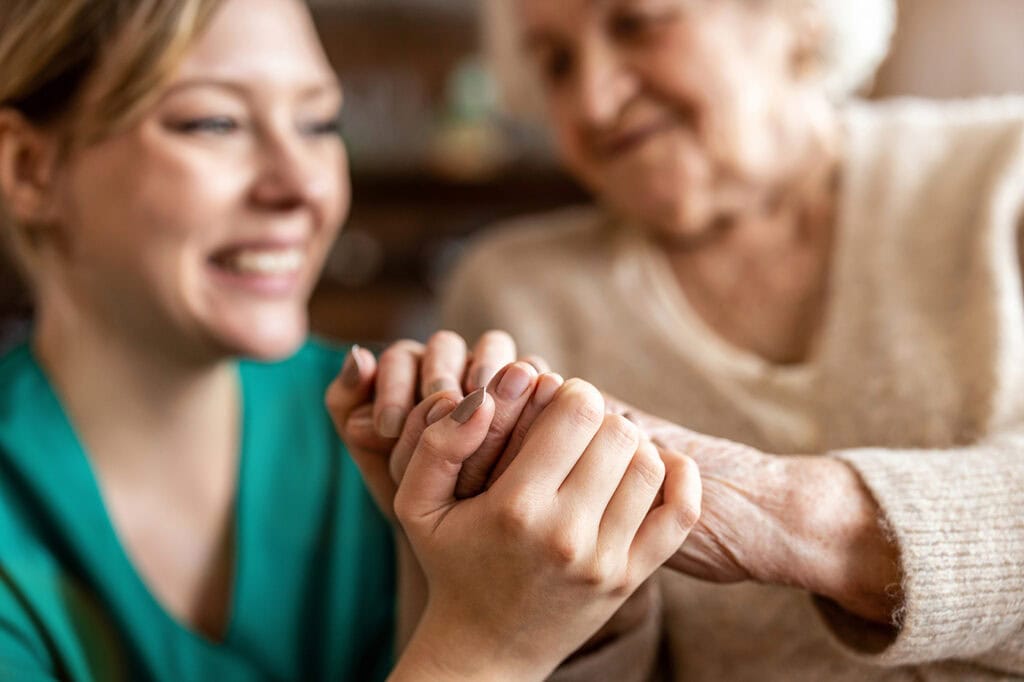
Acetylcholinesterase inhibitors should be started at the earlier stages of disease, when they have the greatest benefit. This benefit wanes over time and is minimal in advanced disease or in patients over 85 years old. Memantine should be started in moderate to severe stages. Combination therapy may be considered as dementia progresses.
The studies on these drugs report the “effect size” – the difference between the drug and placebo on outcomes such as cognitive function, overall status, activities of daily living (such as the ability of a patient to independently eat, dress, walk, bath, and groom), institutionalization, caregiver burden, and quality of life.
Overall, the literature demonstrates positive effects for all three categories of drugs when compared to placebo (with exceptions), but is not encouraging as to meaningful real world outcomes for people living with dementia. Large reviews show small though statistically significant improvements in some measures of cognition, though these are generally below the minimum considered clinically important for most patients. There was mixed evidence for delayed institutionalization, some evidence for reduced caregiver burden, but no demonstrated impact on quality of life. The slowing of cognitive decline may not be evident to individual patients or caregivers.
None of these agents have been shown to improve cognition. Rather, the clinical course for most patients is stabilization or a slower rate of cognitive decline, with no actual cognitive improvement. Cognitive decline usually resumes at the pre-treatment rate after several months of treatment.
The side effects of these agents can be significant and even life threatening, and patients using them, who are typically unable to advocate for themselves, should be closely monitored.
The most common side effects of acetylcholinesterase inhibitors are nausea, vomiting, diarrhea, anorexia, insomnia, dizziness, headache, slow heart rate, fainting, and weight loss. These side effects are more frequent at higher doses. Agitation, depression, and appetite disorders (including poor appetite) are more common than with placebo, and may be especially problematic in people with preexisting psychiatric and behavioral complications of dementia. Slow heart rate and fainting are potentially fatal, especially in patients with pre-existing cardiac conditions.
Memantine is better tolerated than acetylcholinesterase inhibitors. The most common side effects are dizziness, headache, confusion, and constipation. Gastrointestinal and psychiatric side effects are less common.

The most common side effects of anti-amyloid monoclonal antibodies are so-called amyloid-related imaging abnormalities (ARIA) – a specific set of abnormalities seen only on MRI scanning -- and infusion-related reactions. ARIA is often asymptomatic but can cause symptoms such as headache, confusion, visual disturbances, dizziness, or neurologic abnormalities. Clinically significant and fatal brain bleeding have been reported. Infusion-related reactions (e.g., chills, fever, nausea, rash) are also common, typically mild to moderate, and most often occur with the first few infusions.
In summary:
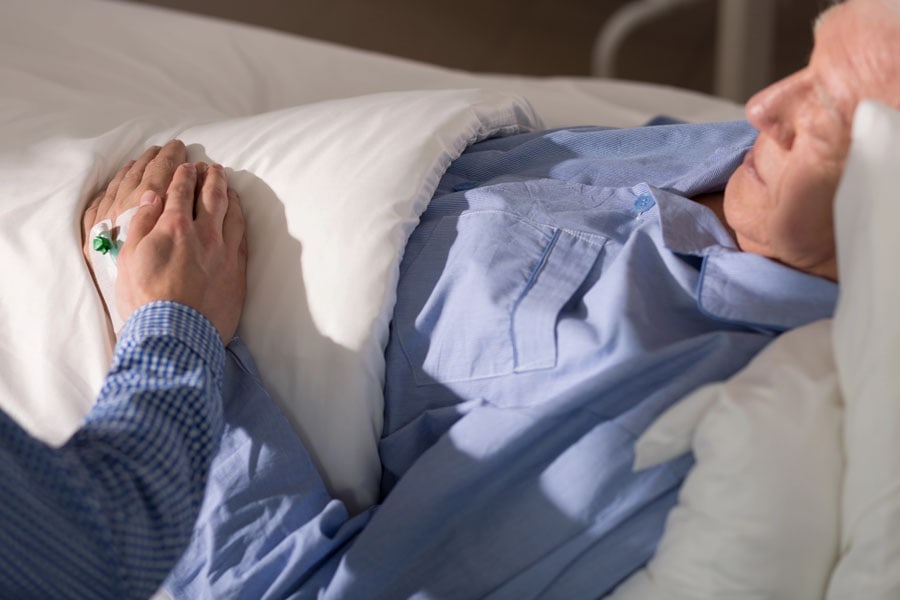
Dementia is common, debilitating, and heartbreaking. The many forms of this disease, including Alzheimer's dementia (or “disease”), Lewy Body dementia, and vascular dementia, all cause cognitive impairment, memory loss, impaired functioning, and varying degrees of physical (or motor) impairment. While medication may delay the progression of dementia (depending on type) – and only modestly at best -- the disease is invariably progressive, and ultimately robs its victims of the ability to recognize loved ones, talk, get out of bed, feed or take care of themselves, and eventually causes death. The course of this terminal illness is about 7 to 10 years. Dementia is increasing in prevalence as America ages; it is estimated that more than 9 million Americans aged 65 and older could be living with dementia by 2030, and nearly 12 million by 2040.
For a more detailed description of the different types of dementia, see, Understanding Dementia Progression, Hospice Eligibility, and the Importance of the FAST Score.

The Connecticut Hospice can provide much needed information and help for the care of people with dementia. However, to be enrolled in hospice, a loved one with dementia must meet Medicare’s requirements for eligibility. Unsurprisingly, these are far from straightforward. Hopefully, this post will help you better understand them such that you can effectively advocate for your loved one and obtain hospice services.
Per Medicare, a physician must certify a prognosis of six months or less “if the terminal illness runs its normal course” for a patient to qualify for hospice. For people with dementia, such a prognosis can be established by two methods.
One is by using Medicare’s “Disease Specific” guidelines, which establish very particular criteria as to both the type of dementia a patient must suffer and its severity.
The type(s) of dementia required by Medicare are called “Alzheimer’s Disease and Related Disorders.”

Again, Medicare is very specific. Your loved one must be diagnosed with Alzheimer’s disease or have one of the several other possible causes of cognitive impairment (see below*). Most of these additional diagnoses are relatively rare. Fortunately, however, one, “senile degeneration of the brain, not elsewhere classified” – broadly defined as progressive decline in cognitive function, including memory and reasoning, associated with old age and not specifically due to Alzheimer's disease or other explicitly defined conditions -- provides a work around for hospice enrollment. That is, your loved one must either have Alzheimer’s dementia, one of the other less common causes of cognitive impairment, or “senile degeneration of the brain” to qualify for hospice.

Next is the severity of illness. This is where the FAST score comes in. FAST, or Functional Assessment Staging Tool, is a scale used to evaluate functional decline in individuals with Alzheimer’s disease and other dementias. A FAST score of 7 or greater, ranging from “a” to “f,” is required by Medicare for hospice enrollment.
A FAST score of 7 means that dementia is advanced, and the afflicted individual is unable to walk, dress, bathe, or toilet without assistance, is occasionally (or always) incontinent of bowel and bladder, and has speech limited to six or fewer words in a single utterance. A patient with FAST 7a or b may still be able to walk with assistance and eat independently, though some hospices require a score of 7c, meaning they are no longer able to walk at all.
For those with FAST 7a, Medicare also says they “should have had” one of several medical complications in the year prior to enrollment. These complications include pneumonia, kidney infections, sepsis (bacteria in the blood), severe bedsores, recurrent fever, and reduced oral intake with a 10% weight loss in the prior six months or a serum albumin (a blood test measuring body protein) of 2.5 or less.
Other conditions that contribute to eligibility include “functional status,” including level of consciousness and ability for self-care, and “co-morbid” diseases such as hypertension, diabetes, stroke, thyroid disease, and other chronic illnesses.
To summarize, you may seek hospice care for a loved one with dementia if he or she has an established diagnosis of Alzheimer’s disease or a “related condition,” is dependent on others for walking, dressing, bathing, and toileting, is occasionally (or always) incontinent, can only meaningfully use 6 or fewer words in a single utterance, and has suffered a complication like pneumonia in the last year, or has lost 10% or more of their body weight in the last 6 months. Eligibility is supported by increased caregiver needs, fluctuating level of consciousness, and the presence of other chronic illnesses. Some hospices may insist on a FAST score of 7c or greater (up to 7f), meaning they can no longer walk at all, in addition to the above complications.
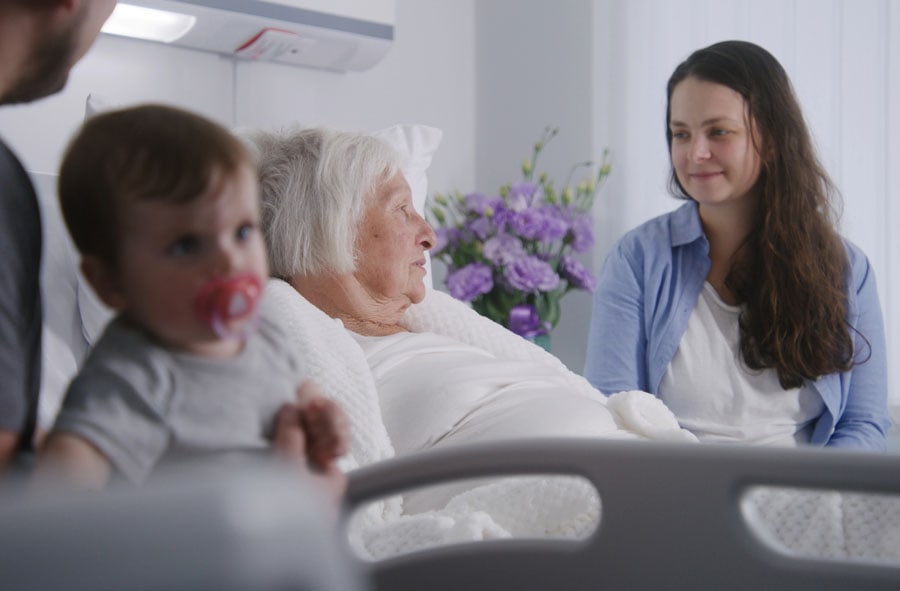
The next Connecticut Hospice blog post will explore Medicare’s “Non-Disease Specific” guidelines for enrollment in hospice, which may offer your loved one with dementia an opportunity to receive hospice care even if the disease is not quite as advanced as described in this post.

Hallucinogens, used in psychiatric practice in the 1950s and 60s for the treatment of addiction, alcoholism, depression, and other disorders, were designated as Schedule 1 – illegal – under the Controlled Substances Act in 1970.
While still federally illegal in 2025, these substances have reemerged as promising therapies for the management of a variety of psychiatric illnesses and in end of life care.

Psilocybin, the active ingredient in “magic mushrooms,” has shown positive outcomes in terminal cancer patients and those with other life-limiting conditions, particularly in patients struggling with existential distress, anxiety, and depression in advanced illness.

While beyond the scope of this blog, the basic mechanism underpinning the therapeutic benefits of hallucinogens is believed to involve the agents’ ability to increase “neural plasticity” in the brain—especially regarding long-held personal beliefs. These preexisting, “hard-wired” neural pathways (the so-called “Default Mode Network”) define an individual’s memories and plans, role and place in the world, interpersonal relationships, and other traits central to the ego, or sense of self.
People using hallucinogens often describe a dissolution of the ego, resulting in a broader sense of belonging or even merging with nature, other people, and the universe. They report a quieting of the internal narrator (“I am defined by this, my role is to do that”).
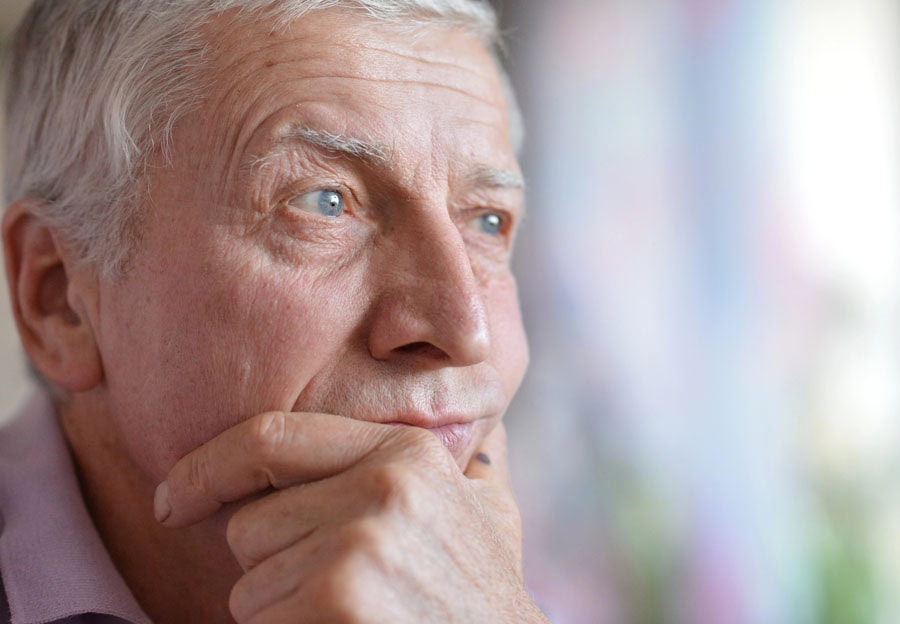
People using psilocybin at the end of life—particularly those questioning the meaning and value of their lives and fearful of ceasing to exist—may redefine death not as an ending, but as a process of transition to something eternal or interconnected.
Many also find deep spiritual meaning, regardless of religion, a sense of peace, emotional catharsis, and a belief that consciousness and love transcend death.

Several studies have been conducted using psilocybin in seriously ill patients and those at the end of life:
It is important to note that these outcomes are not guaranteed. “Ego death” can be terrifying if a person is unprepared.

Psilocybin is currently not a part of the CT Hospice formulary. However, as research in the field progresses—presumably showing salutary effects of this hallucinogen in patients at the end of life—it may become a more commonly used drug (assuming it becomes legal!) in our never-ending quest to improve end of life care.

In celebration of National Nurses Month, May’s blog will recognize the enormous contribution of nursing to the hospice movement – in the United States and worldwide.
The Connecticut Hospice, Inc., America’s first, was founded by Nurse Florence Wald. After earning her Masters in Nursing in 1941 and serving in the United States Signal Corp in World War Two, Florence was Dean of the Yale School of Nursing from 1959 to 1966, and became a full Professor of Nursing in 1980. Inspired by the work of Dr. Cicely Saunders, a one-time nursing student who started the modern hospice movement at St. Christopher’s Hospice in London, she founded The Connecticut Hospice in 1974, making it not only the first hospice in America, but the first hospice in the world to care for patients at home.

Fifty years later, The Connecticut Hospice remains a leader in the hospice movement in Connecticut, the United States, and around the world. The contributions of nursing, not only at Connecticut Hospice, but to hospice nationwide, cannot be overstated. Hospice care is nurse-driven, nurse-supported, and nurse-provided, whether it is delivered to patients at home, in assisted living or skilled nursing facilities, in free-standing hospices, or in hospital-based hospice.

Hospice care of unparalleled excellence is provided by the nursing staff of The Connecticut Hospice, headquartered in Branford and crossing the state from Fairfield in the west, Meriden in the north, to Essex and Westbrook in the east. Nine full-time registered nurses, two full-time licensed practical nurses, and seven full-time certified nursing assistants serve patients at home, in nursing homes, and in skilled nursing facilities, providing 24-7 availability for visits, complementing social work, volunteer, and spiritual care staff.
Additional nursing staff caring for hospice inpatients in our 52-bed licensed inpatient facility on the water in Branford includes eighteen registered nurses and eleven certified nursing assistants. Senior leadership also sees its complement of nurses, with a new RN Chief Executive Officer, and an RN Chief Operating Officer, Director of Home Care, and Director of Inpatient Nursing. Four advance-practice registered nurses serve our palliative care and GUIDE patients and provide inpatient medical care in collaboration with the physicians of the Department of Medicine. Physician staff, in contrast, consists of one full-time, and four part-time MD/DOs.

The Connecticut Hospice exemplifies the critical role and importance of nurses in American health care. Join us in celebrating them for National Nurses Month, May 2025.
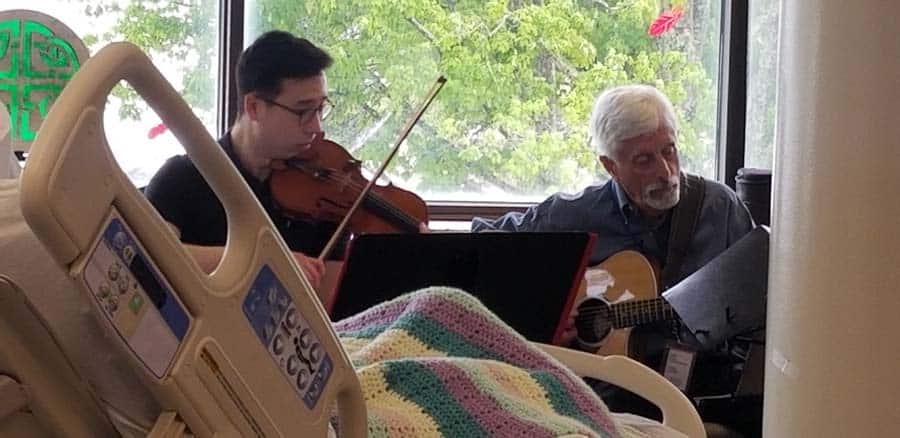
“When my mother was in Connecticut Hospice, she was so beautifully cared for by the staff. One day, I walked in, and a volunteer was sitting by her bedside while she was resting comfortably. The volunteer had been with my mother until I came. That level of care is what drew me to volunteer at The Connecticut Hospice. The notion that I could bring the same comfort to someone else has kept me volunteering for many years now,” said Sandy Piontek (Volunteer since 2018).
Hospice is unique as it is the only provider with Medicare Conditions of Participation that require volunteers to provide a significant portion of patient care hours. In 1983, when the Medicare Hospice Benefit was approved by Congress and signed into law by President Reagan, it was deemed that 5% of a hospice’s total care-giving staff is required to be unpaid (volunteer).
The Connecticut Hospice was founded in 1974 by Florence Wald, a nurse educator, and other healthcare professionals, including doctors, nurses, and clergy. Volunteers have played a critical role from the very start. For example, also in 1974, CT Hospice provided the first hospice home visit in the U.S., conducted by a nurse and a volunteer. Today, The Connecticut Hospice relies on the invaluable contributions of over 200 volunteers who work alongside staff in its Branford in-patient facility and in homes across the state.
Volunteers provide a wide range of support to patients and families. Volunteers assist in all areas of operation, including hands-on patient care assisting the inpatient medical staff, homecare, arts & music, as well as spiritual care, social work, transportation, gardening. and special events.
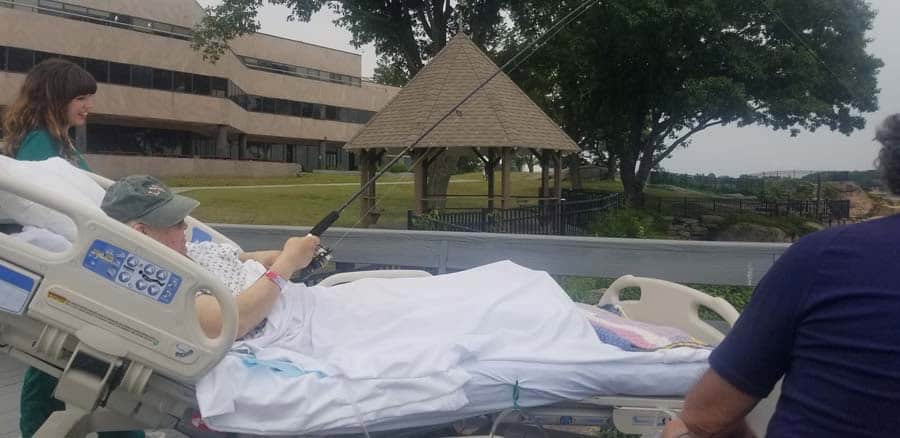
The volunteer network includes working professionals, homemakers, retirees, students, and even grade school children involved in special projects.
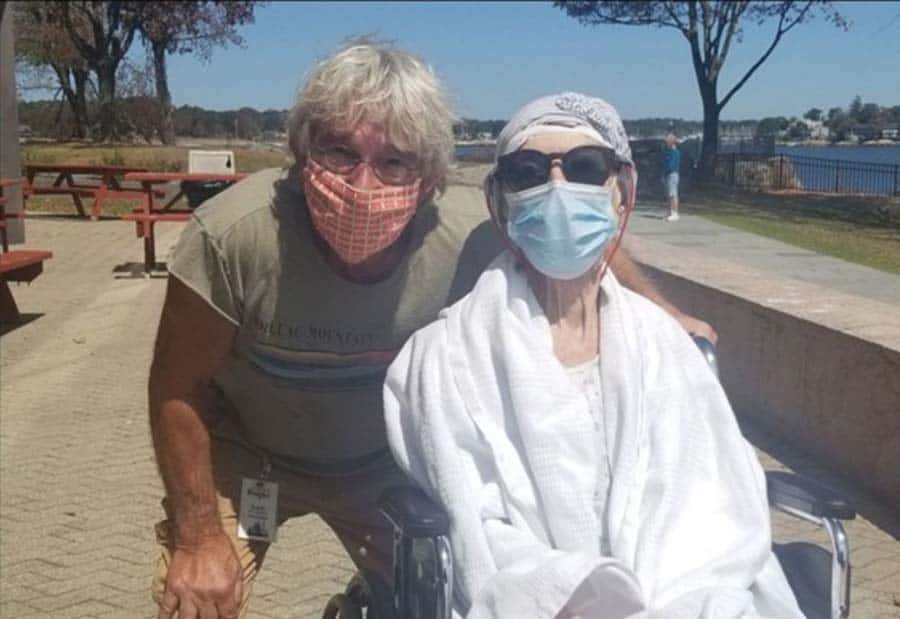
Prospective volunteers undergo background checks and fingerprinting through the Dept. Of Public Health. They also receive professional training from our hospice staff, ensuring they are well-prepared to assist patients and their families.
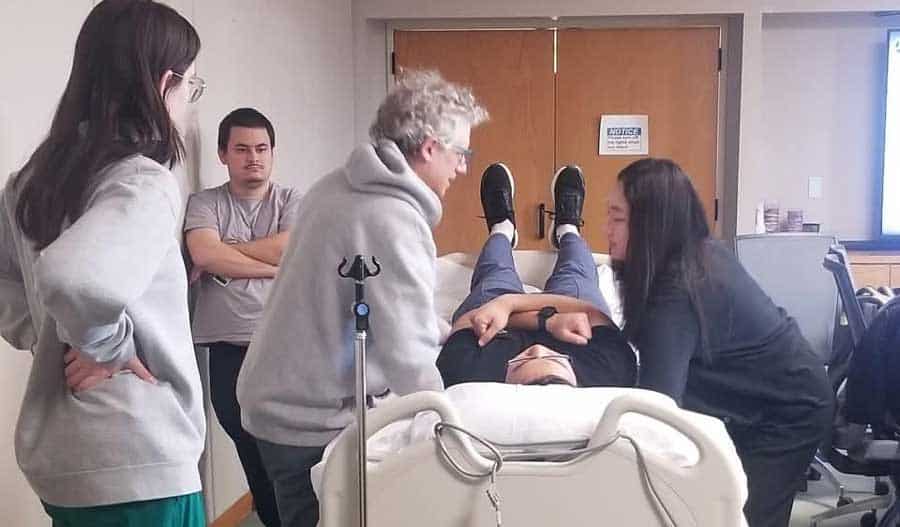
Connecticut Hospice collaborates with local colleges and schools to integrate volunteer programs into community action initiatives. For example, we have a very special relationship with Yale University undergraduates. Students who are generally pre-med volunteers in the Patient Assist role. They are rigorously trained in body-mechanics and invited to shadow Dr. Brett Prestia under the John D. Thompson Institute program.
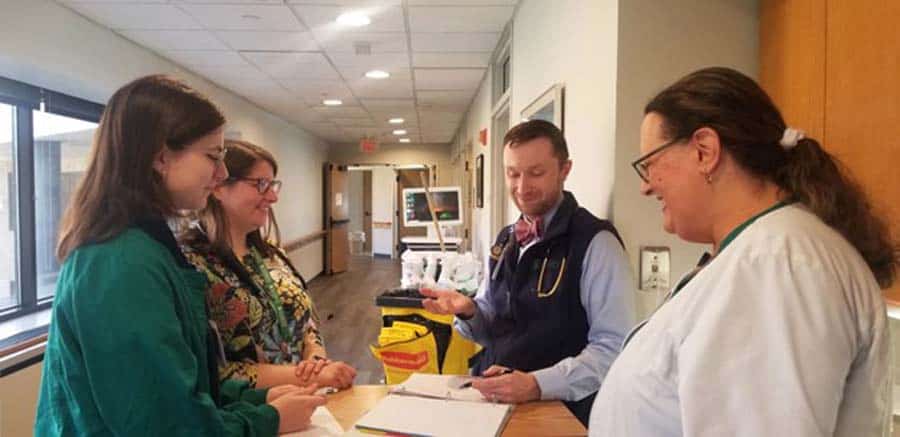
“As a physician at Connecticut Hospice, I see every day how essential our volunteers are to the care we provide. Their presence brings comfort, companionship, and a human touch that cannot be prescribed or charted. Whether they’re sitting at the bedside, offering a listening ear, reading to a patient, or simply being present in silence, volunteers meet emotional and spiritual needs in ways that deeply complement our medical care. They help create an atmosphere of dignity, compassion, and peace—not just for patients, but also for families and staff, " said Dr. Brett Prestia, Chief Liaison.
Volunteers are part of the heartbeat of our hospice. They remind us that healing isn’t always about curing—it’s about connection. Their time, presence, and kindness are gifts that have a lasting impact. Volunteers are humble, selfless and have a quiet strength as they work alongside the medical team during some of life’s most sacred moments. They are a core part of the team, and we learn so much from them. Connecticut Hospice draws from a rich well of diverse experiences, backgrounds, and talents that help our patients and organization thrive. Volunteers from all walks of life ranging from high school to retirement are valued in so many ways. We appreciate their dedication and emphasize again that anyone who desires to serve in any capacity has a respected place in our organization.
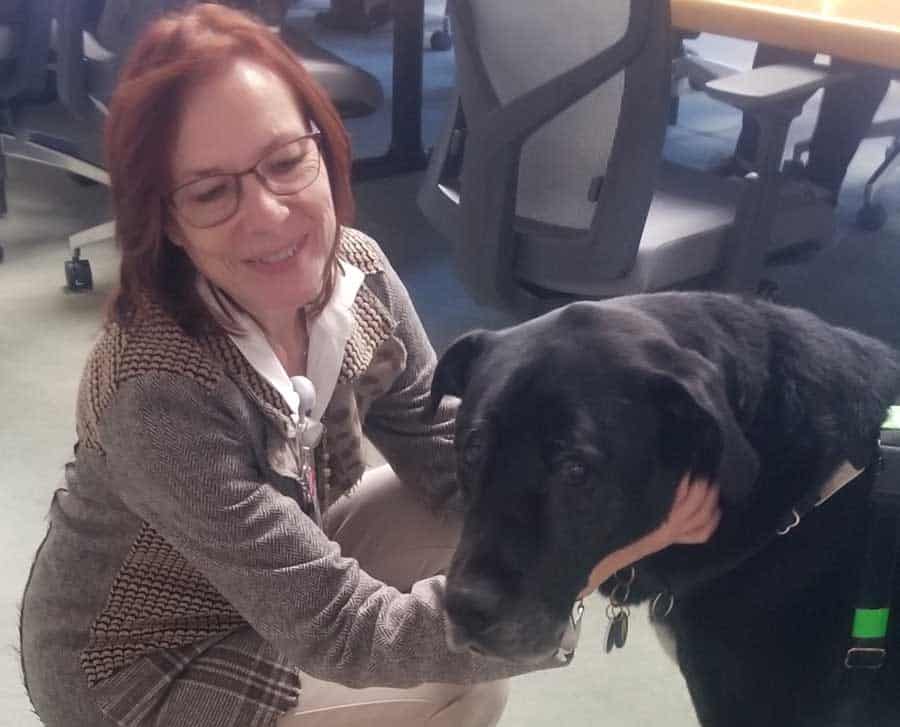
To learn more about volunteering at Connecticut Hospice, contact Joan Cullen at [email protected].

Opioids are commonly used to relieve pain and shortness of breath in seriously ill people and those at the end of life. While highly effective, these drugs also cause side effects that may limit their use.

Addiction – also called opioid use disorder – is believed by many to inevitably result from prolonged use of opioids, but this concern is unmerited when these important medications are used appropriately by experienced practitioners.
Common opioid side effects such as sedation, constipation, and nausea usually wear off within a few days of use and can be countered with other medications. For example:

Other, less potent but effective pain medications include:
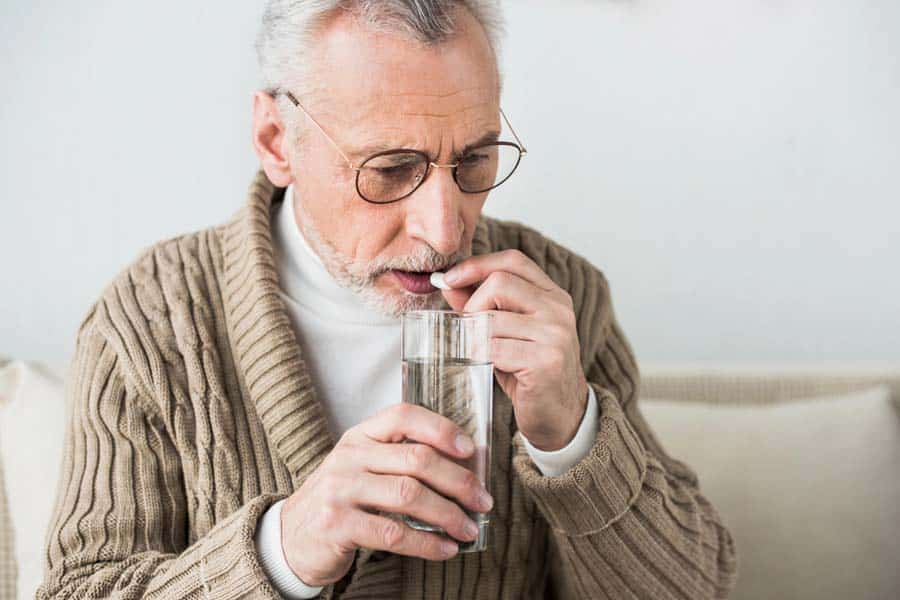
Adjuvant medications are drugs that are not primarily designed for pain relief but can help manage pain by either enhancing the effects of traditional pain medications or providing their own analgesic properties. They are especially useful for neuropathic pain, which often does not respond well to opioids alone.
Adjuvants include medications that either:
Used for:
Used for:
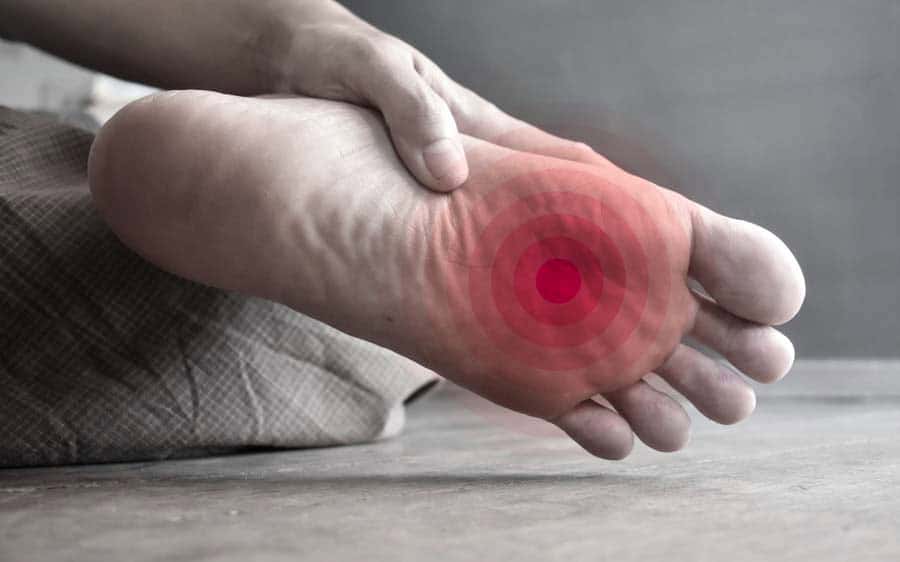
Used for:
Used for:
Used for:

While it is beyond the scope of this blog, all these agents have side effects and toxicities. Anyone using them should:
Pain is often worsened by underlying conditions, such as:
Managing these conditions alongside pain treatment can significantly improve overall well-being.
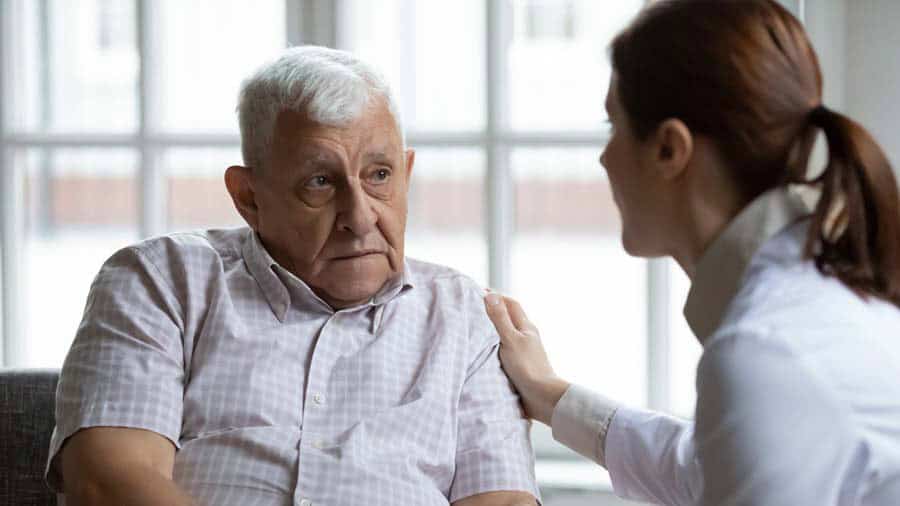
At Connecticut Hospice, we specialize in expert pain and symptom management for patients facing serious illness and end-of-life care. Our dedicated team understands that effective pain relief is essential to maintaining comfort and dignity.
Whether through outpatient care or our licensed inpatient hospital, we provide the highest level of personalized pain relief and symptom control to enhance quality of life.
Compassionate, expert pain relief is our priority. Let us help you find comfort and dignity at every stage of care.
Call us today at 203-315-7543 to learn more or schedule an appointment.
As a not-for-profit, we depend on generous donors to help us provide customized services and therapies that aren’t completely covered by Medicaid, Medicare, or private insurance.
Please make a gift to help us sustain the highest standard of care.
Admissions may be scheduled seven days a week.
Call our Centralized Intake Department: (203) 315-7540.